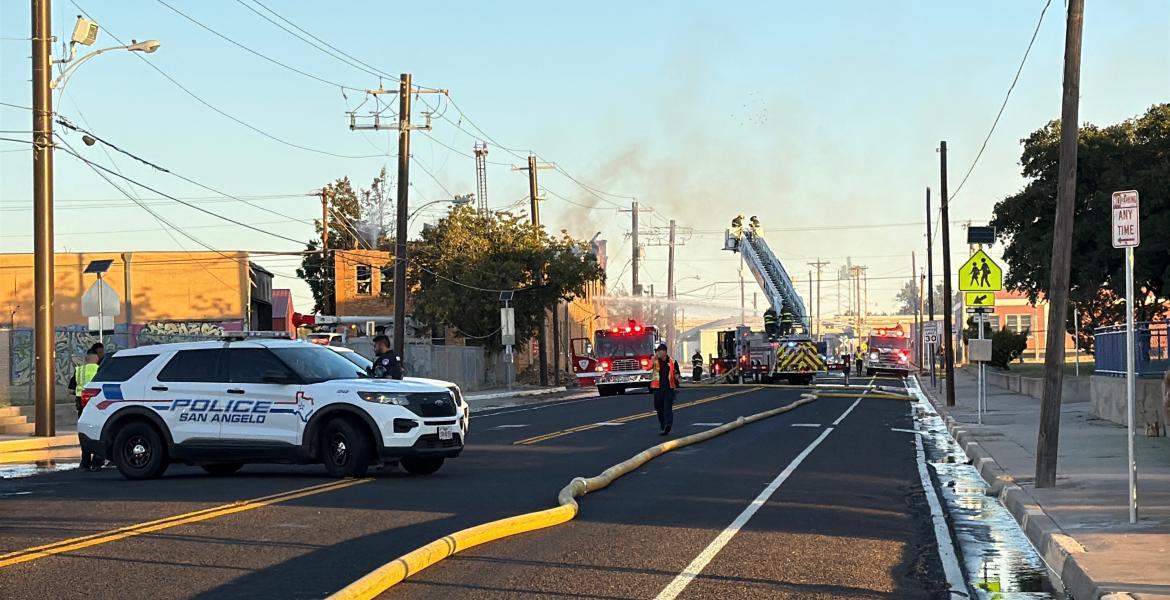On July 4, there wasn't always fireworks for celebration. This day, sadly, also marks the day of many deaths in America.
1776: U.S. Declares Independence
On this day, July 4, 1776, the United States Continental Congress adopted the Declaration of Independence in Philadelphia, Pennsylvania.
The Declaration of Independence proclaims the independence of the United States of America from Great Britain and its king. History.com said, “The declaration came 442 days after the first volleys of the American Revolution were fired at Lexington and Concord in Massachusetts, and marked an ideological expansion of the conflict that would eventually encourage France’s intervention on behalf of the Patriots.”
The first opposition from America against British policy came in 1765. After Parliament passed the Stamp Act, this taxation began to raise revenues for a standing British army in America. Colonists then created a banner stating “no taxation without representation.” This caused the colonists to bring Congress together in October of 1765 so they could vocalize their opposition of the tax.
In November of 1765, the taxes were enacted, which caused the colonists to boycott British goods; some even organized attacks on custom houses and homes of tax collectors.
After months of boycott and protest, Parliament voted to repeal the Stamp Act in March of 1766. Parliament then enacted the Tea Act in 1773. This bill was designed to save the East India Company by lowering tea taxes and granting a monopoly trade on the American tea trade.
This new bill created the organization of the “Boston Tea Party" by militant Patriots in Massachusetts. Over 18,000 pounds of British tea was dumped into Boston Harbor.
History.com said, “On July 2, 1776, the Continental Congress voted to approve a Virginia motion calling for separation from Britain. The dramatic words of this resolution were added to the closing of the Declaration of Independence. Two days later, on July 4, the declaration was formally adopted by 12 colonies after minor revision. New York approved it on July 19. On August 2, the declaration was signed.”
1911: Heat Wave Strikes Northeast
On this Independence day, 380 people were killed due to a heat wave that struck the northeastern United States.
History.com said, “In Nashua, New Hampshire, the mercury peaked at 106 degrees Fahrenheit. Other high-temperature records were set all over New England during an 11-day period.”
An area stretching from Pennsylvania northeast to Maine was mostly effected from the heat. New York City was one of the cities hit the hardest. During this heat wave, the New York City Health Department put out its very first heat advisory on July 4, 1911.
By July 13, New York Reported 211 people dead from excessive heat, and 159 people died in Philadelphia.
The 1911 heat wave came to a stop with a severe thunderstorm that killed five people.
Of all the 50 states in America, only Hawaii and Alaska have not experienced a heat wave at one time or another.
1954: A Sensational Murder Trial Inspires The Fugitive
In Cleveland Ohio, on July 4, 1954, Marilyn Sheppard was beaten to death inside of her suburban home.
On the night of her attack, police questioned Marilyn’s husband, Dr. Sam Sheppard. History.com states, “Dr. Sam Sheppard claimed to have fallen asleep in the family’s living room, and awakened to find a man with bushy hair fleeing the scene. The authorities, who uncovered the fact that Dr. Sheppard had been having an affair, did not believe his story and charged him with killing his pregnant wife.”
This crime created a national sensation. During the trial, media printed daily stories about Sheppard’s guilt. Some jurors were not sequestered and found Sheppard guilty.
Sheppard then began to argue that the media had unfairly influenced the jury. Sheppard then appealed to the Supreme Court and his conviction was overturned in 1966.
Sheppard’s jury trial brought to light the issues of bias within the court system. Due to this case, jurors are now carefully screened to show that they have not come to a predetermined conclusion about a case.
Sheppard’s case created a loose inspiration for the hit television show The Fugitive. In this show, the lead character, Richard Kimble, has been falsely accused of killing his wife. He then escapes prison and pursues the one-armed man he claimed to have seen fleeing the murder scene.
In 1998, a DNA test was conducted for Marilyn Sheppard’s murder scene. The test did find physical evidence that there had been another man at the scene.
Sheppard’s son continued to pursue the case long after his father’s death. He attempted to sue the state for wrongful imprisonment in 2000, but lost.
Subscribe to the LIVE! Daily
Required






Post a comment to this article here: